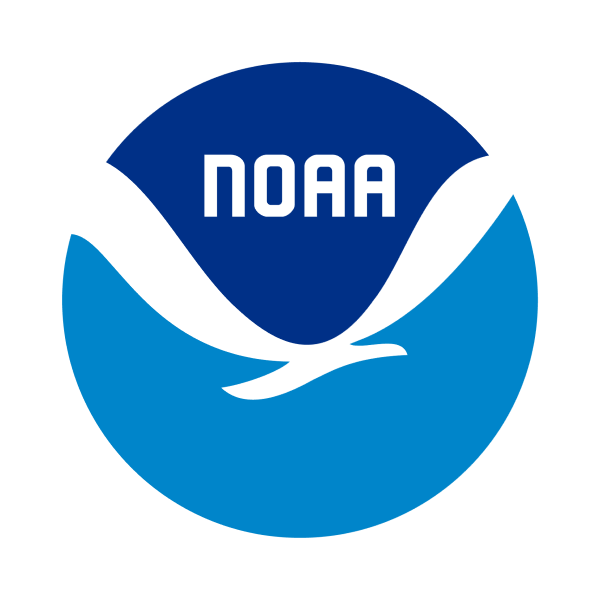The University of Maryland’s Wye Research and Education Center Aquatic Toxicology Group, by request of the NOAA Marine Debris Program, analyzed archived surface-water samples from four Chesapeake Bay tributaries for microplastic debris. The project found that microplastic concentrations increased near urban areas and peaked after major rains, providing important baseline data for the area and supporting the prioritization of upstream prevention efforts in urban locations.
Project Dates: April 2012 - June 2013
What is the project?
Unlike many materials that enter the environment and reduce down to organic particles, plastics simply separate into smaller and smaller pieces, even after they become imperceptible to the human eye. These tiny plastic pieces (less than 5mm wide), termed “microplastics,” accumulate within our waters as marine debris.
To determine the extent of the presence of microplastic debris in the Chesapeake Bay region, surface water samples collected from the Chesapeake Bay and from two coastal Mid-Atlantic sites were analyzed by The University of Maryland’s Wye Research and Education Center (WREC) Aquatic Toxicology Group.
Who is involved?
The NOAA Marine Debris Program requested and funded this analysis on archived water samples by Dr. Lance Yonkos, from the University of Maryland’s Wye Research and Education Center (WREC) Aquatic Toxicology Group.
What does it accomplish?
Microplastics have become a big problem. Unfortunately, since they can be so small, most microplastic debris can’t easily be detected by a quick survey of the shore or water. The analyses completed during this project provide a basic understanding of microplastic pollution in the Chesapeake Bay.
Of the samples tested throughout this study, all but one of the Chesapeake Bay samples (that’s 98%!) and all but two of the coastal Mid-Atlantic samples (96%) contained microplastics. The samples varied in the amount and type of microplastic debris detected, with the highest concentrations of microplastics near urban areas and after heavy rains.
Since there is not much past data to compare with, results like these are important for establishing microplastic levels in these areas and for developing effective prevention and management options (such as focusing on urban areas and attempting to limit the release of microplastics at their source, like Waste Water Treatment Plants). These data can then be used for comparison in any future studies and to understand the progression of the problem.
What is something unique about the project?
This study analyzed water samples from many different areas of the Chesapeake Bay region, including both sparsely- and heavily-populated areas. There are very few other studies that have provided data like this from these areas, especially outside heavily-populated regions. To help create a baseline of microplastic data from the Chesapeake Bay region, these results have been published in the scientific peer-reviewed journal Environmental Science and Technology. Additionally, photos of the microplastics analyzed in this study are displayed in the Photo Essay: Microplastics in the Chesapeake Bay.
 An official website of the United States government.
An official website of the United States government. 
